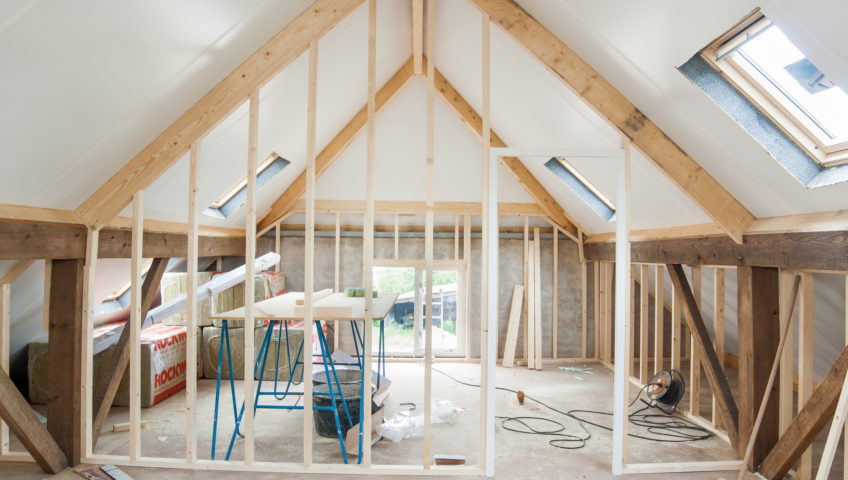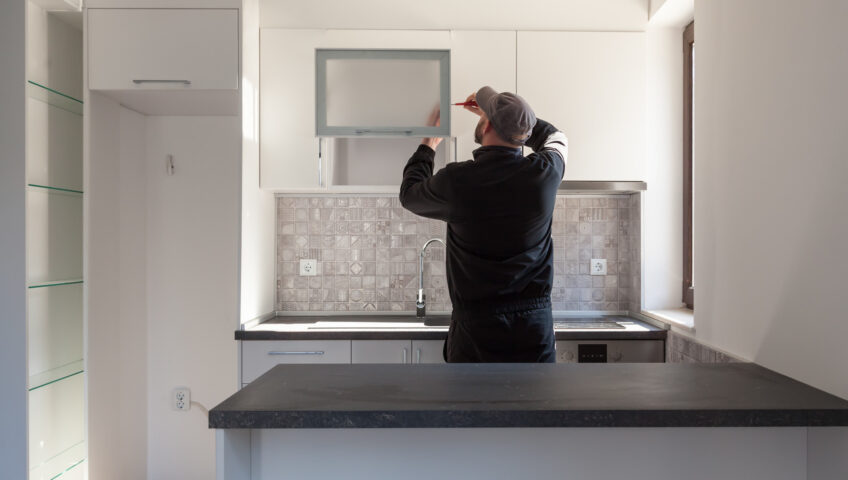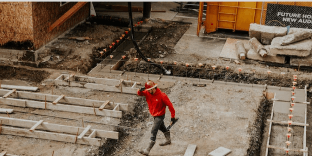
Wall Removal: What You Need to Know
Did you know that if you want to completely renovate your house, the average cost for this task will range between $15,000 and $200,000? Of course, if you’re only interested in wall removal, you won’t have to worry about such a high price tag. Instead, you’ll have to consider the many aspects of wall removal.
For example, how do you know if a wall is load-bearing? When you remove a wall, what kind of precautions will you need to consider to determine whether or not the wall is a load-bearing wall? Without considering these questions, you could easily render your home in a worse state than what it started out as.
Keep reading and learn more about the wall removal process with this wall removal guide.
How to Know if a Wall Is a Load-Bearing Wall
This is one of the most important things you will need to consider if you plan on removing a wall in your house. First, it is important that you understand what a load-bearing wall is. A load-bearing wall is a wall that supports a major structure of your house.
For example, if you have a two-story home, a load-bearing wall on the first floor will function to support the floor of the level above you. If you only have a single-story home, a load-bearing wall will carry and support the weight of the roof above your head. Needless to say, a wall of this type is very important.
If you suddenly remove a load-bearing wall, there is a good chance that the structure above that wall could collapse and cave into the rest of your home. This, of course, would cause a lot of damage and would cost you a lot of money to repair.
A non-load-bearing wall, also known as a partition wall, does not support any weight. Instead, it may function to separate a room from another room, or it may serve as a decoration or stylistic choice. You can remove partition walls without any issues, and you won’t have to worry about the roof falling down over your head.
However, just by looking at the walls in your home, you’ll find that it is very difficult to tell a partition wall from a load-bearing wall. Fortunately, there are a few ways in which you can tell which wall is which. For example, thicker walls are usually load-bearing walls, while thinner walls are typically partition walls.
The Age of the Home
You will also need to consider the age of your house when looking for load-bearing walls. Most new homes only have load-bearing walls on the exterior of the house, while most of the interior walls will be partition walls. But if your home is several decades old, you may find load-bearing walls throughout the interior of your house.
Of course, to really make sure which walls are load-bearing walls, you can always check the blueprints for your house. This will tell you where all the load-bearing walls in the house are. Once you find these walls, you should always double-check with an architect before you start knocking down any walls.
An architect will be able to tell you whether or not tearing down certain walls in your house is a good idea. That way, you can approach the project in a much safer manner.
Removing the Wall by Yourself vs Calling a Professional
You can either remove a wall in your home by yourself or call a professional to do it, but either way, there are several important factors you will need to consider. To start, you will need to get permits so that you are legally allowed to remove a wall from your home. This is important because if you try to remove a wall without getting the right permits, you could end up in a lot of trouble.
Depending on what kind of wall you’re removing and how many walls you’re removing, you may actually need to get several permits before you are allowed to start removing walls from your home. The process of getting the permits in the first place will take some time, so it is important to be patient. The reason why permits are required is that the permitting agency needs to know whether or not your wall-removing endeavors will affect your house’s structure.
If it does, the task could be dangerous, especially for those who are not skilled at removing walls. In some cases that involve the removal of load-bearing walls, you may need to come up with plans to show how you plan to replace the supports of the walls with other supports. This is especially true for very large walls.
What You Need to Know
For large walls, you might even need to get the approval of an engineer or an architect before you’re allowed to take down the wall. Only once all the paperwork is sorted out can you get started removing the wall. Removing a wall on your own, especially a load-bearing wall, can be quite a challenge, especially if you’ve never done it before.
It can also be dangerous if you don’t know exactly what you’re doing. This is not to mention that it will take a lot of time and energy to complete the job. If you don’t have the time or skill for this project, it is best to hire a professional.
Professionals not only have plenty of experience, but they also have the right tools for wall removal. This makes the process much easier and safer. Also, professionals often work in teams, so the project will be done at a much faster rate compared to doing it all on your own. Even though hiring professionals will cost you a bit of extra money, you will find that the money you spend on them will be worth it because you won’t have to do all of the labor on your own.
But what should you expect once it’s time to remove a wall in your house?
The Process of Removing a Wall From Your Home
If you plan on removing a load-bearing wall from your home, you will need to be careful to replace the supports with something else. Otherwise, the floor or roof above the supports could end up collapsing. In some cases, this kind of damage could end up affecting parts of your home that isn’t even near the load-bearing wall, which could ruin the structural integrity of your entire home.
There are several things you can replace a load-bearing wall with. Windows, for example, are very supportive, and they can give your home an entirely different look. If you don’t like the idea of replacing your wall with windows, you will need to use structural posts instead.
Structural posts are just as they seem: they function to support the load of the floor or roof of your home. Structural posts are verticle. In general, the more structural posts you have to support a certain structure in your home, the better.
This is because more structural posts will provide better support for the structures above. However, having many structural posts lined up will not make the inside of your home look very attractive. For that reason, you can reduce the number of structural posts and still have plenty of support for the upper structures of your home.
But what if you want to open up a particular space and don’t want any structural posts getting in the way?
The Details
In this case, you may need a structural beam. A structural beam is a horizontal support that functions to replace a load-bearing wall.
It does not have any verticle supports except for one on either end of its length. Structural beams are ideal if you want to make a space look much more open without compromising the structure of your house. Structural beams are also better for long spaces or if you plan on replacing a long load-bearing wall.
You should always opt for engineered beams. These beams are very sturdy, and they provide more support than any other kind of beam on the market. If you hire professionals, they can put in these supports for you, and you won’t have to worry about putting them in the right place lest the ceiling collapse over your head.
Everything You Need to Know About Wall Removal
Wall removal is no joke. If you end up breaking through a load-bearing wall without knowing it, there is a good chance that the floor or roof above you could collapse. Not only is this dangerous, but it could cost you a lot in terms of repairs.
Fortunately, professionals can make this task much smoother. To learn more, click here.


